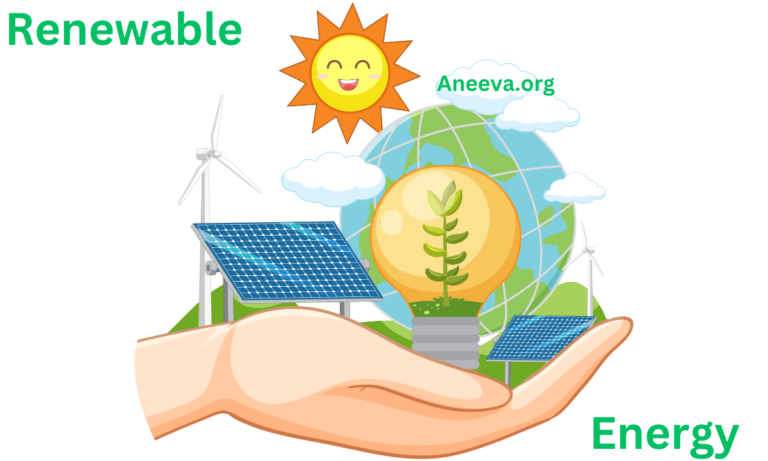What is Carbon Offsetting?
Carbon offsetting involves compensating for your carbon emissions by funding projects that reduce or remove an equivalent amount of greenhouse gases from the atmosphere. Think of it like balancing a scale: on one side, you have your emissions, and on the other, you have projects like reforestation or renewable energy initiatives that offset these emissions.
The Rise of Carbon Offsetting
Over the past few decades, carbon offsetting has gained traction among businesses, governments, and individuals eager to demonstrate their commitment to the environment. Whether it’s a corporation aiming to achieve net-zero emissions or a traveler looking to make their flights carbon-neutral, carbon offsetting has become a go-to solution.

Why Carbon Offsetting Matters?
Carbon offsetting is crucial because it provides a way to take immediate action against climate change while longer-term solutions, like transitioning to renewable energy, are being developed. It allows for a tangible, measurable way to reduce one’s carbon footprint, fostering a sense of responsibility and contribution towards global climate goals.
Impacts of Carbon Offset Overestimation
The overestimation of carbon offsets can have far-reaching consequences, undermining the credibility of carbon markets and the broader fight against climate change.
Environmental Consequences
When carbon offsets are overestimated, it leads to a false sense of progress. This means that the actual reductions in greenhouse gas emissions may be less than reported, contributing to continued environmental degradation and climate change.
Economic Implications
Overestimated offsets can distort carbon markets, leading to inflated prices and a misallocation of resources. This can discourage genuine efforts to reduce emissions and create a marketplace where ineffective projects receive funding at the expense of more impactful ones.
Ethical Concerns
There are also ethical implications to consider. Misleading claims about the efficacy of carbon offset projects can erode trust among consumers and stakeholders, potentially leading to a loss of faith in carbon offsetting as a viable tool for climate action.

Challenges in Measuring Accurate Carbon Offsets
Accurately measuring carbon offsets is fraught with challenges, from methodological complexities to issues of verification and enforcement.
Lack of Standardization
One major challenge is the lack of standardized methodologies for calculating and verifying carbon offsets. Without a consistent framework, it’s difficult to ensure that offsets are measured accurately and reliably.
Complexities in Carbon Sequestration
Carbon sequestration, or the process of capturing and storing carbon dioxide, is inherently complex and influenced by numerous factors, including soil type, climate, and vegetation. These variables make it challenging to accurately quantify the amount of carbon sequestered by offset projects.
Verification and Monitoring Issues
Effective verification and monitoring are essential to ensure that carbon offset projects deliver on their promises. However, many projects lack robust oversight, leading to discrepancies between reported and actual emissions reductions.
Solutions to Address Carbon Offset Overestimation
Addressing the issue of carbon offset overestimation requires a multifaceted approach that includes policy changes, technological advancements, and increased transparency.
Implementing Rigorous Standards
One solution is to implement more rigorous standards for carbon offset projects. This includes establishing clear guidelines for baseline calculations, monitoring, and verification to ensure that offsets are measured accurately and consistently.
Improving Monitoring Techniques
Advancements in technology can also play a crucial role in improving the accuracy of carbon offsets. For example, satellite imagery and remote sensing technologies can provide more accurate data on the effectiveness of offset projects.
Promoting Transparency
Transparency is key to building trust and ensuring the integrity of carbon offset projects. By making data and methodologies publicly available, stakeholders can better assess the validity of offsets and make more informed decisions.
Frequently Asked Questions
What is carbon offsetting?
Carbon offsetting involves compensating for carbon emissions by funding projects that reduce or remove an equivalent amount of greenhouse gases from the atmosphere.
How can I ensure my carbon offset purchase is legitimate?
Look for projects that are verified by reputable organizations and have transparent methodologies and data.
What are some reliable carbon offset programs?
Some reliable programs include the Gold Standard, Verified Carbon Standard (VCS), and the Climate Action Reserve.
Can carbon offsetting really combat climate change?
While carbon offsetting is not a silver bullet, it can play an important role in reducing overall emissions when combined with other climate actions.
What is the future outlook for carbon offsetting?
The future of carbon offsetting will likely involve more stringent standards, technological advancements, and greater transparency to ensure effective and genuine emissions reductions.
